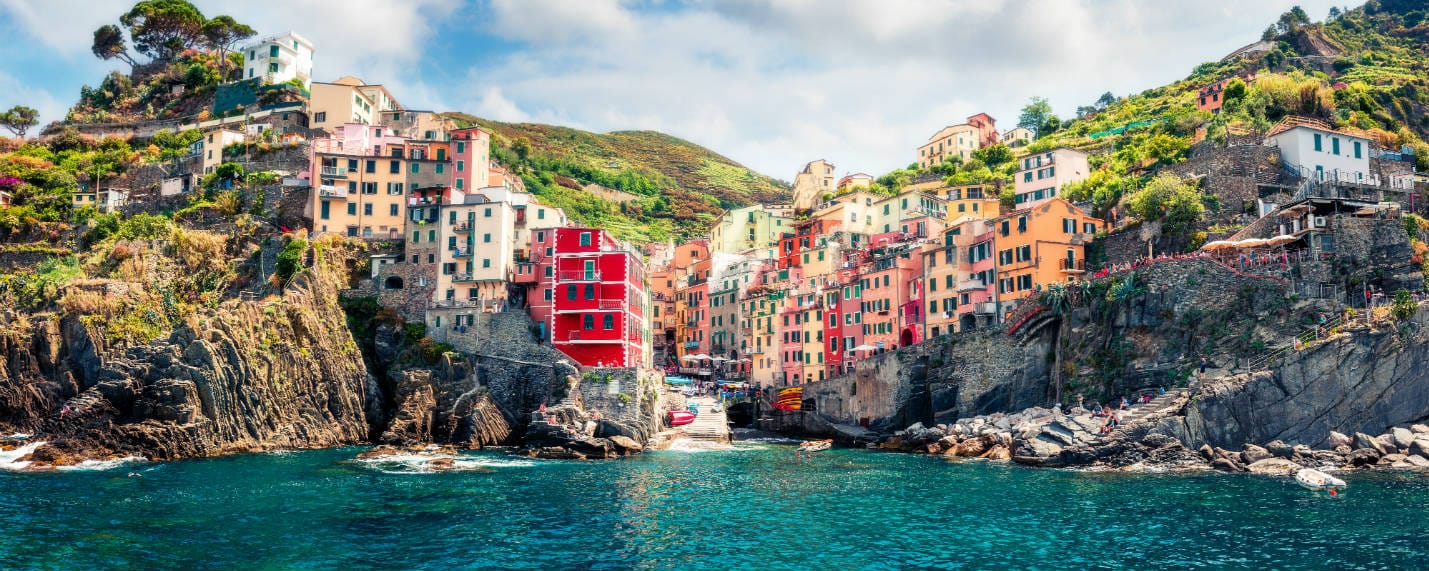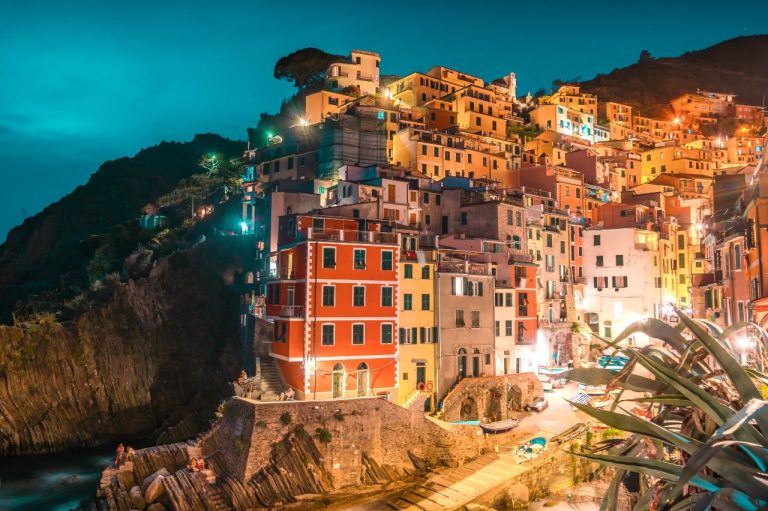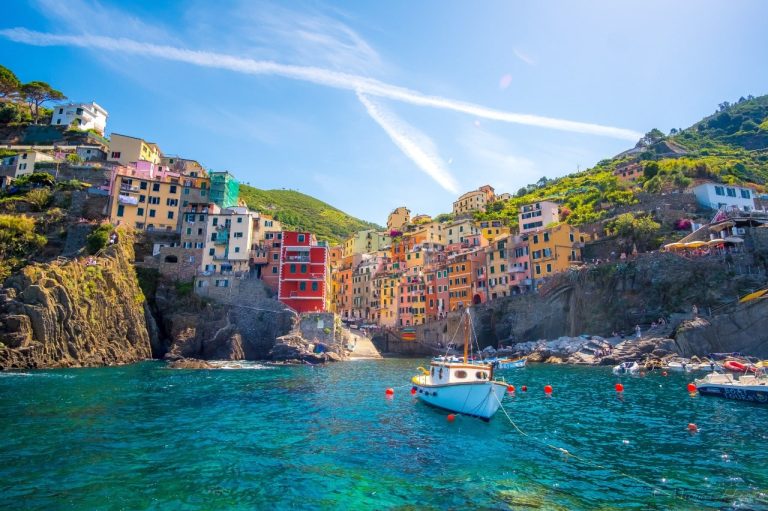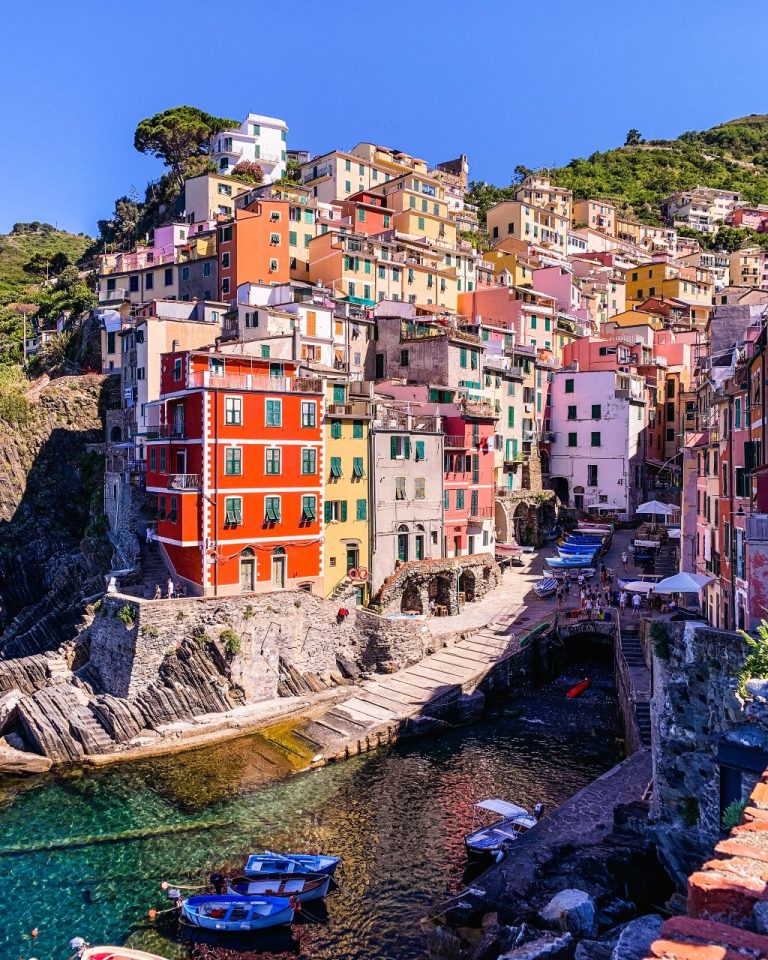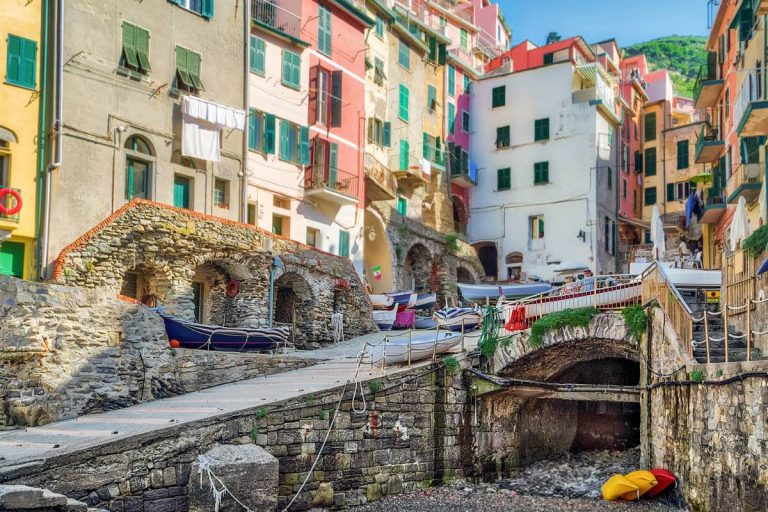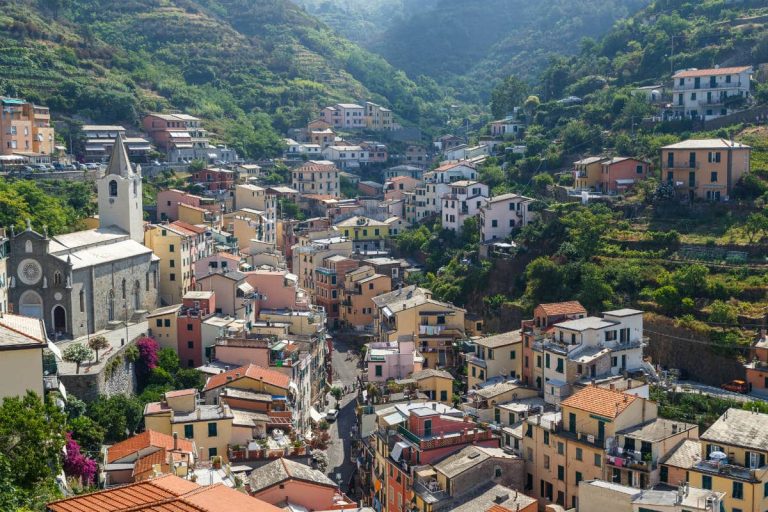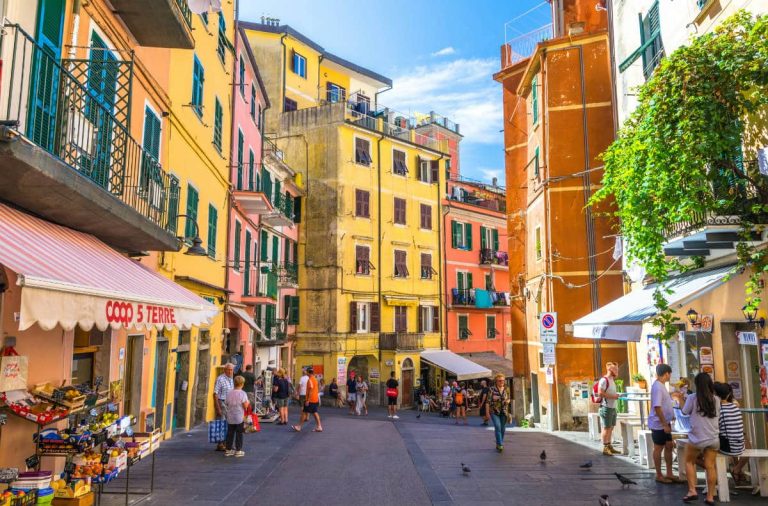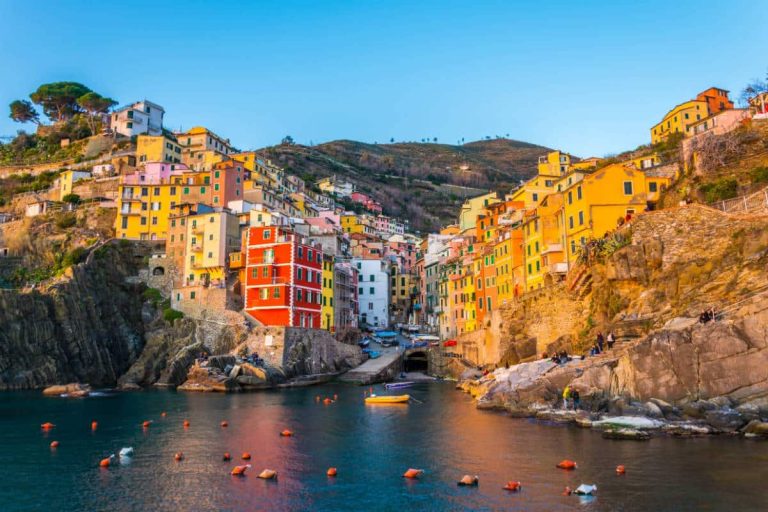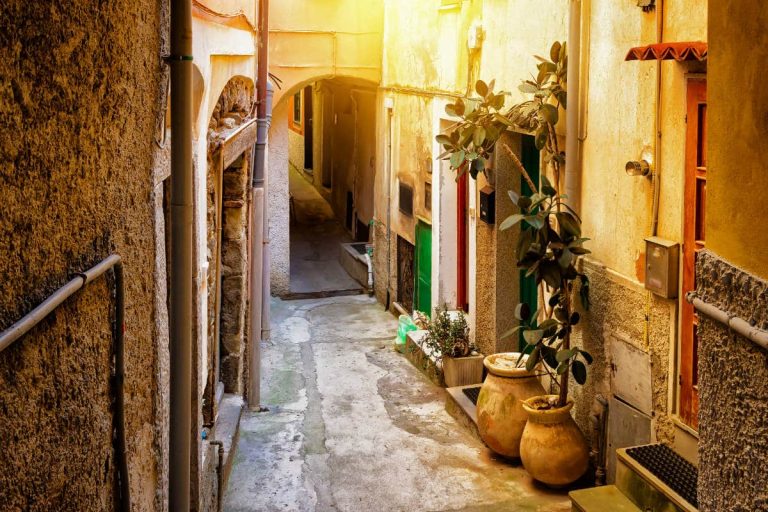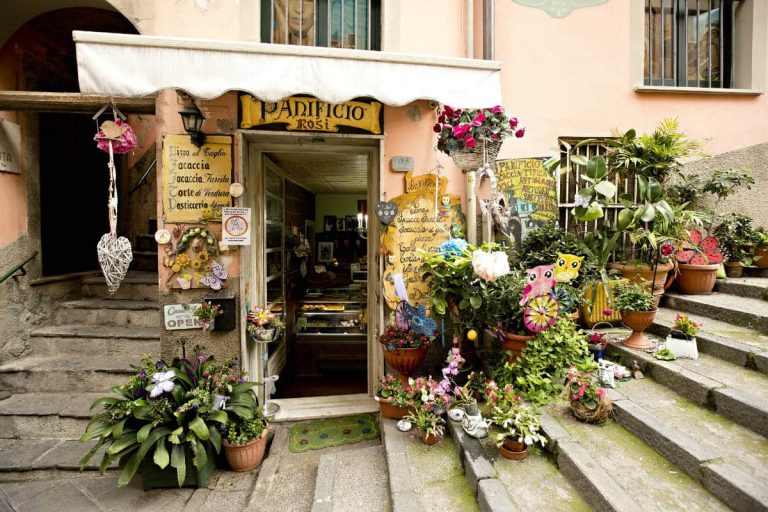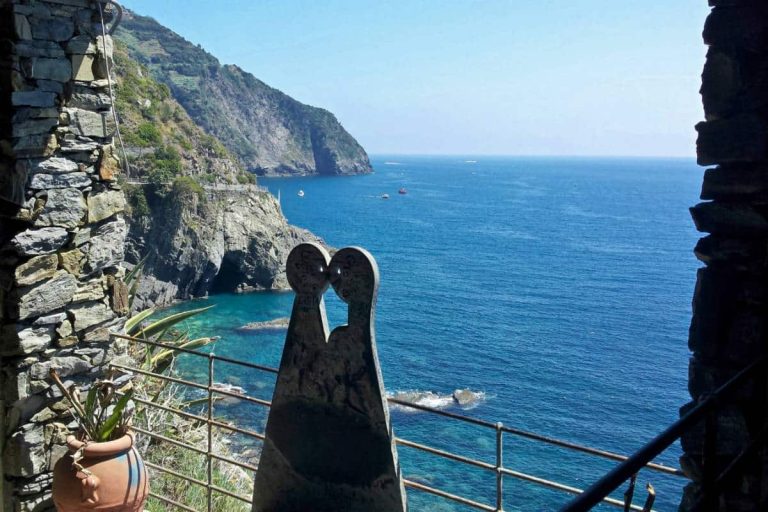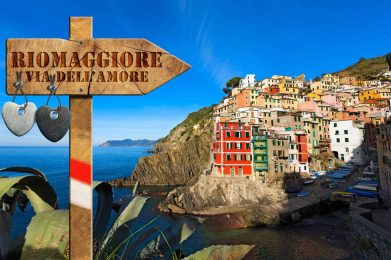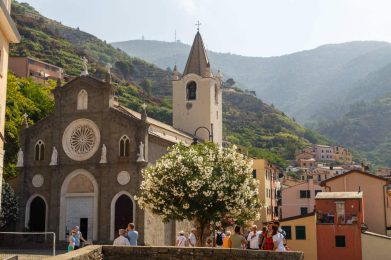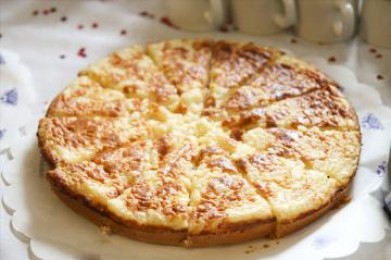Riomaggiore is the most eastern and most southern of the Cinque Terre. The historic center is located in the Rio Maggiore torrent valley, the ancient Rivus Major from which the village takes its name. The inhabited area has a terrace structure, composed of several colored houses, defined as tower - houses, developed in height on three or four floors, which follow the steep course of the stream.
The origin of the village dates back to the VIII century. It is said that a group of Greek refugees, to escape from the persecutions of the iconoclastic emperor Leo III Isaurico, after several vicissitudes landed near the tip of Montenero and built settlements in the ridge area. It was only after the year 1000 that, thanks to the greater safety of the seas, due to the expansion of the Republic of Genoa, the inhabitants of the primitive hill settlements could progressively descend towards the sea, thus giving rise to the first nucleus of the village of Riomaggiore, located in a district known today as Marina.
Riomaggiore is equipped with a train stop on the Genoa-Pisa line and the village is also accessible by sea, both by private means and by the Cinque Terre ferry line. From Riomaggiore to Manarola runs the Via dell'Amore, a very charming and romantic pedestrian street engraved and carved into the rock, overlooking the sea. Being a village of essentially peasant and non-maritime culture, the typical dish par excellence is a meat dish, it is the savory rice cake, prepared according to tradition on the occasion of the patronal feast of St. John the Baptist.
Another basic dish, prepared especially in winter, is the field soup, seasoned with olive oil and made, with potatoes and wild herbs, among which scrépuu (field radicchio), sexìrbua (cicerbita), ravèste (ravastrello), gìde (chard), purasèu (garlic of the vines), bavaàta (red valerian) and cudegàn.
Other typical dishes are the ravioli, prepared for the holidays and in particular eaten according to tradition for three days in a row during the carnival, the top of the genovese, the pesto and the chestnut flour cake, called patona or castagnaccio. Among the most popular dishes in the traditional cuisine from Riomaggiore are the stockfish, salted anchovies and muscles (molluscs) stuffed.

